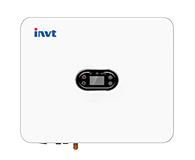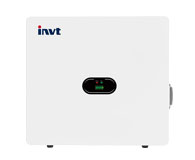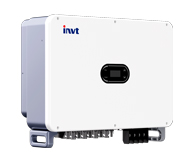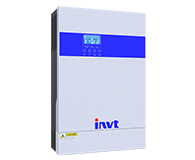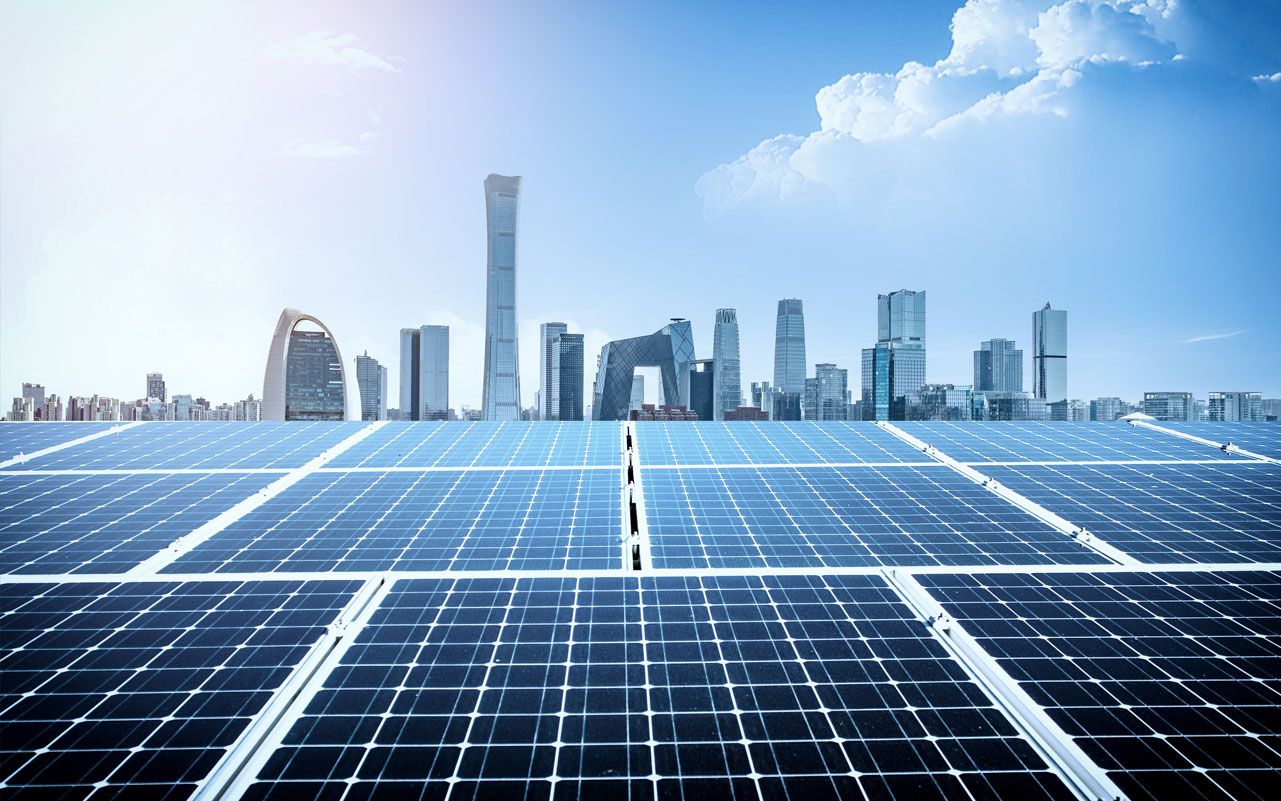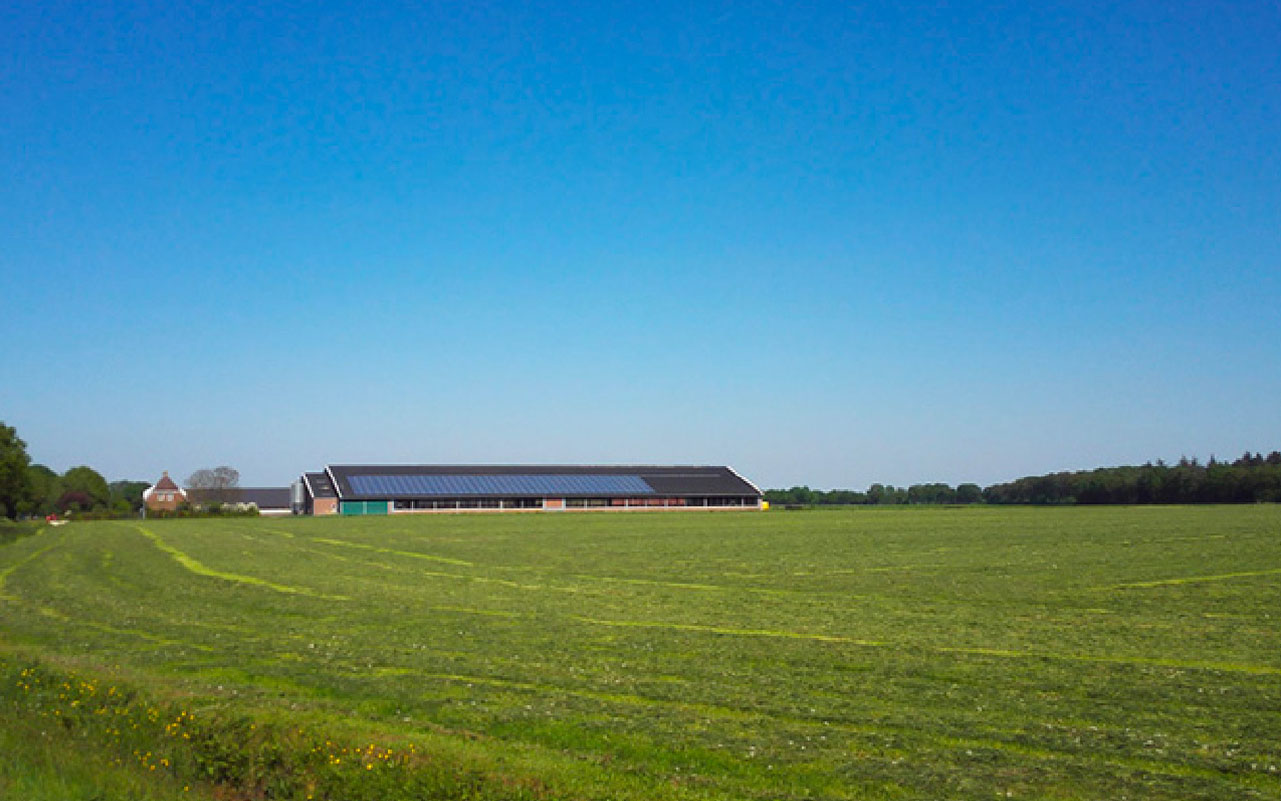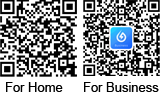On February 26, 2019, the Shenzhen Metro Qiaocheng East Depot ushered in the first train on the West Extension Line of Shenzhen Metro Line 9 and held a pick-up ceremony. It means that the West Extension Line of Shenzhen Metro Line 9 will fully enter the vehicle commissioning and system joint adjustment phase, and it is expected to open the trial operation by the end of 2019.
The train of the West Extension Line of Shenzhen Metro Line 9 adopts the mainstream 6-group A-type train in China. The new train uses high-environment, humanized train interior and exterior decoration design and fashionable appearance. The train body adopts aluminum alloy drum-shaped body. The total length is 140m, the maximum width is 3.1m, the maximum height is 3.84m, the design speed is 80km, and the maximum passenger capacity is 2,502.
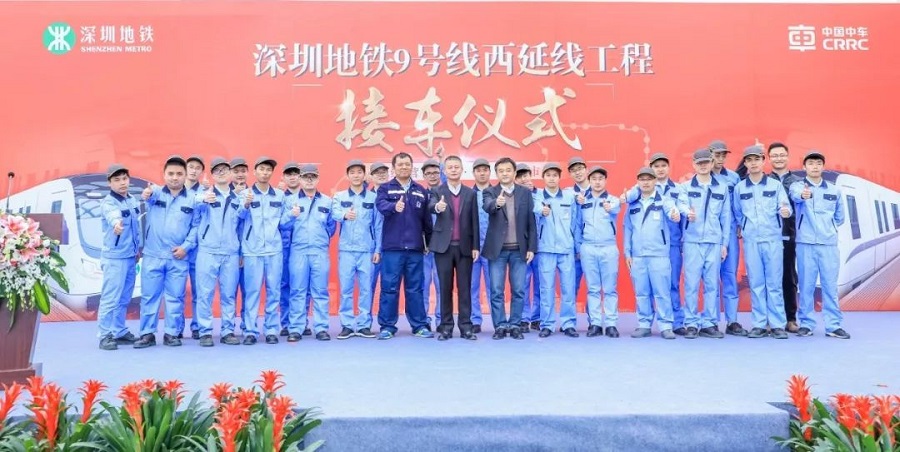
At the same time, in order to further improve the emergency response efficiency, the number of emergency unlocking devices outside the vehicle has been increased. The new vehicle uses information technology to realize real-time monitoring of the health status of key moving parts such as bogies, which lays a foundation for the promotion and application of the Shenzhen Metro smart operation and maintenance system. The train of west extension line of line 9 replaces more than 70% of the traditional relays with a higher-security non-contact logic control system, and directly controls and drives the subway train contactors and electric air valves through software logic to complete various vehicles. The control function solves the single point failure hazard of the traditional relay control circuit with higher security, reliability and redundancy.
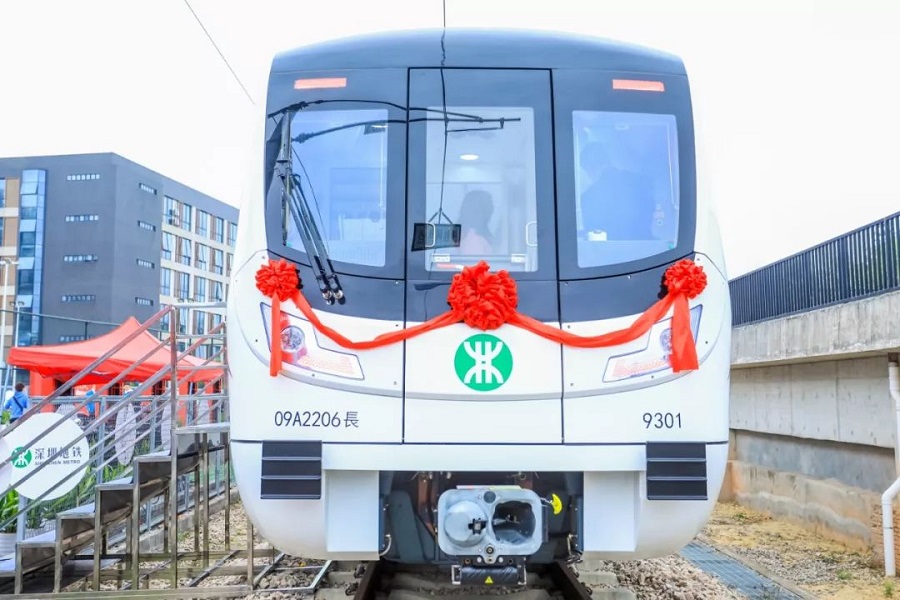
It is worth mentioning at this point that the West Extension Line of Shenzhen Metro Line 9 starts from Hongshuwan South Station in the east, passes through Shenzhen Bay station to Qianhai Bay station, and ends at Qianwan Station. It has a total length of 10.8 kilometers and 10 stations. The whole line is laid underground. In this way, the shield tunnel passes through complex geology such as silt, gravel, full-section hard rock, upper soft and hard, rock fault zone, full-section sand layer and lone stone. The construction difficulty is very large, the shield section crosses the large-scale anchor cable group, and the size of the anchor cable that crosses is also the first case in China.
Such a severe construction environment has brought great challenges and requirements to the equipment and systems used by the train. The new train uses the INVT Traction System, which is the first time that the Shenzhen Metro has used the rail transit core equipment locally manufactured in Shenzhen.
The traction system is equivalent to the heart of rail transit vehicle, which is one of the three key core technologies (traction, braking and signal) in the field of rail transit. It is the most high-end core equipment in the rail transit system equipment. High value, large technical difficulty, high reliability requirements.
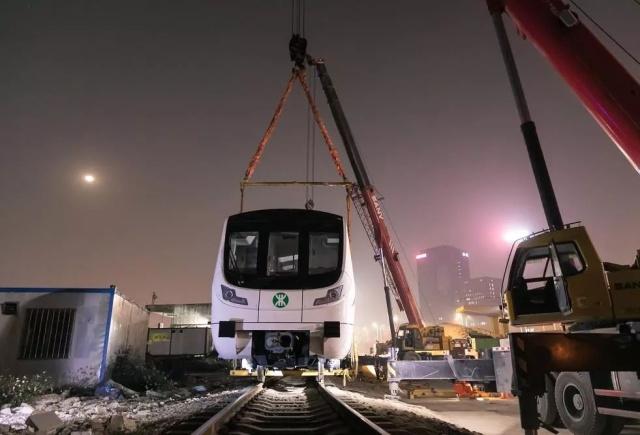
Rail transit traction system is a high-end application of power electronics and variable frequency speed control technology.
It is understood that Shenzhen's AC variable frequency electric drive industry has been in a leading position in the country. INVT has invested heavily in research and finally overcome the technical difficulties in the industry. Not only has the vehicle procurement cost been greatly reduced, but also the situation that the previous control system can only rely on imports has become a major breakthrough in promoting the localization of the Shenzhen Metro.

